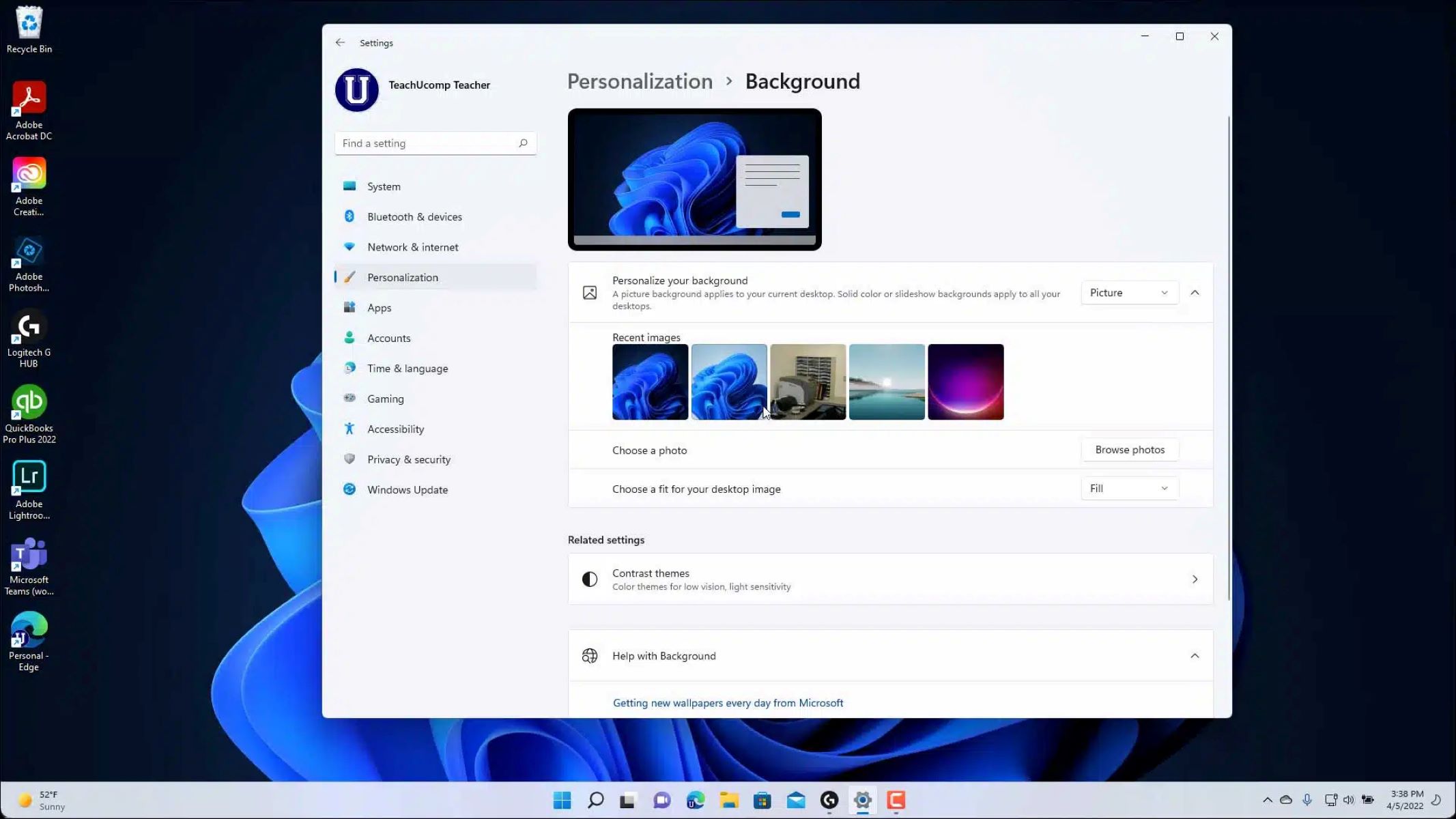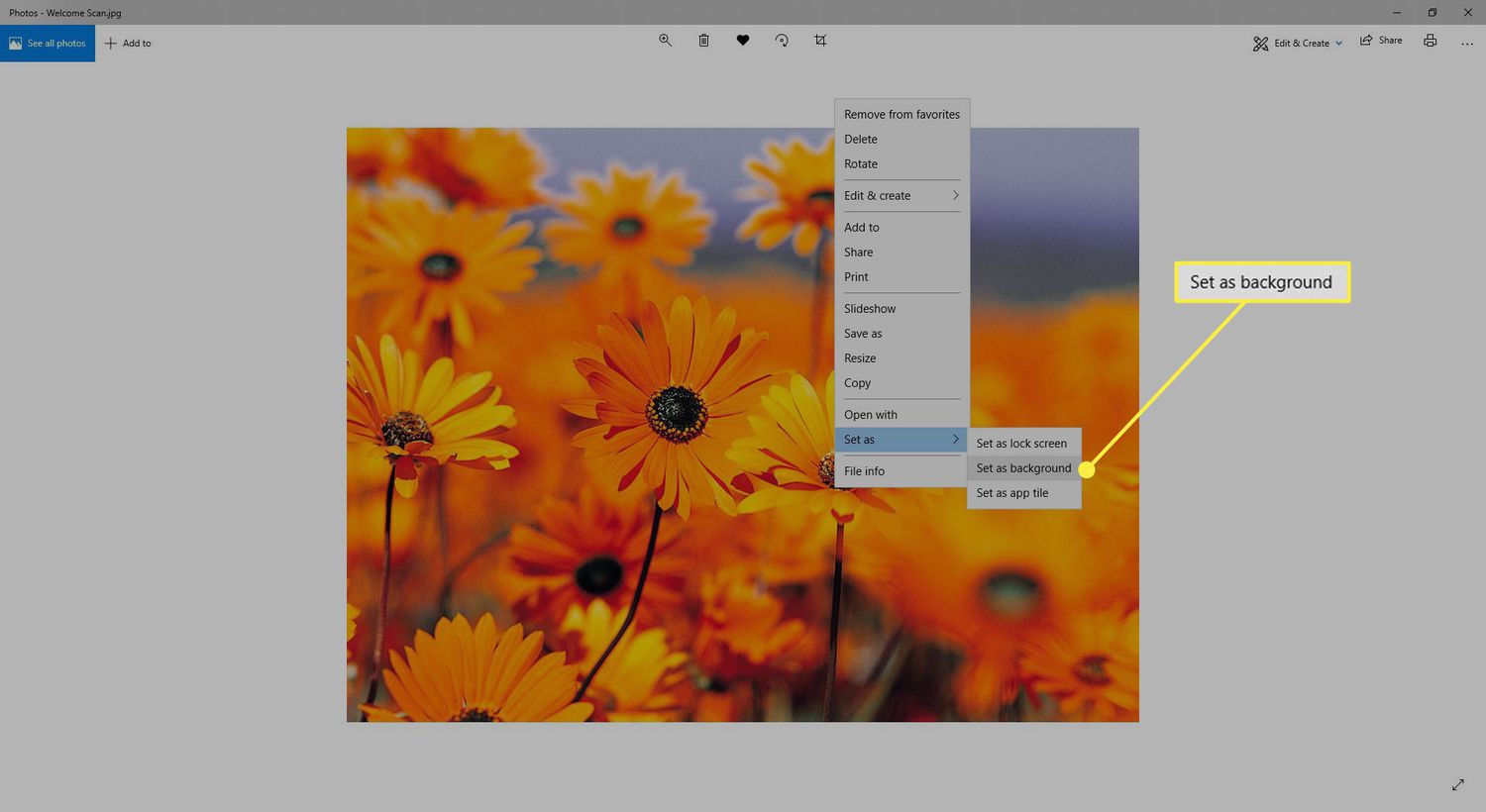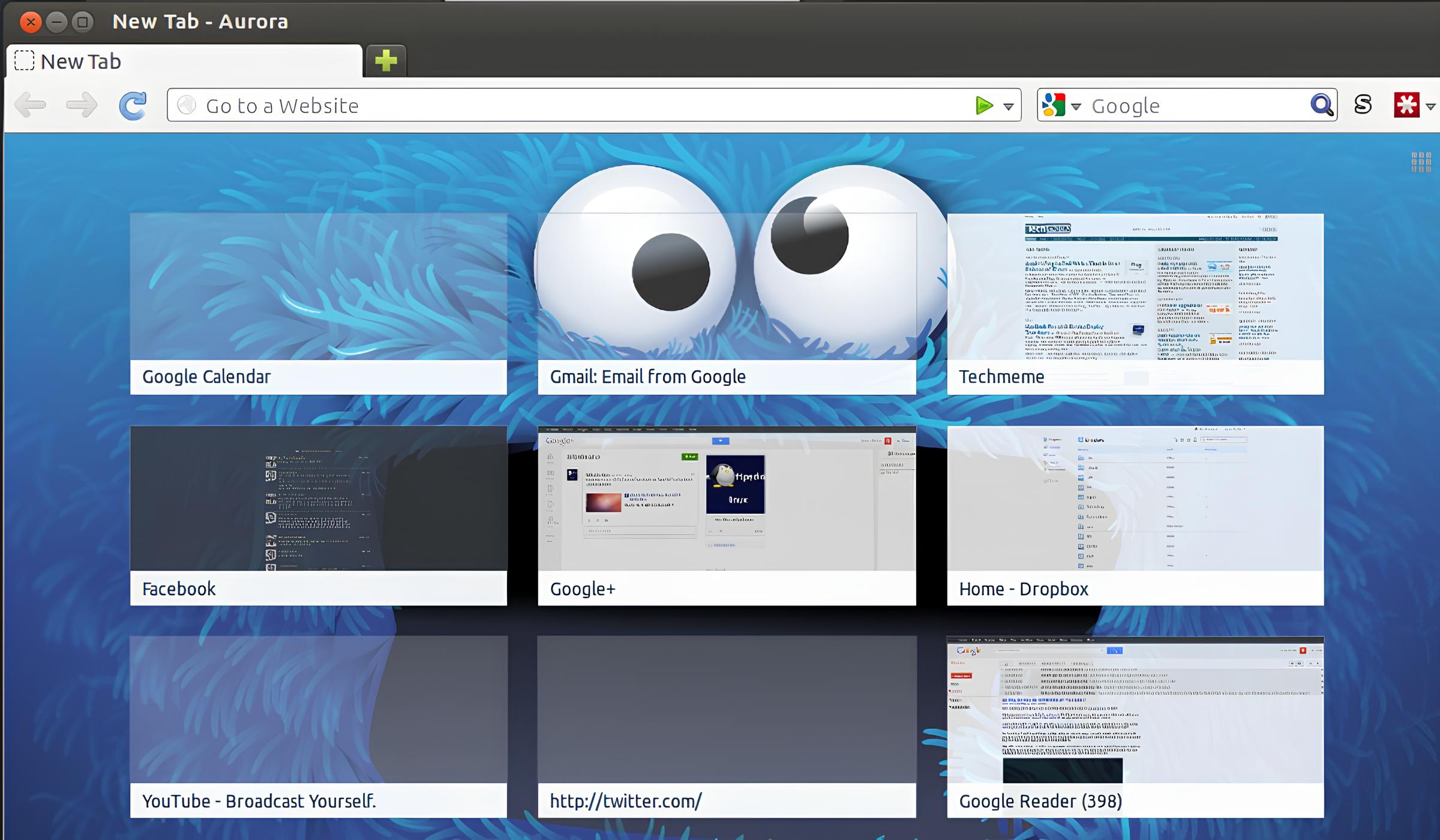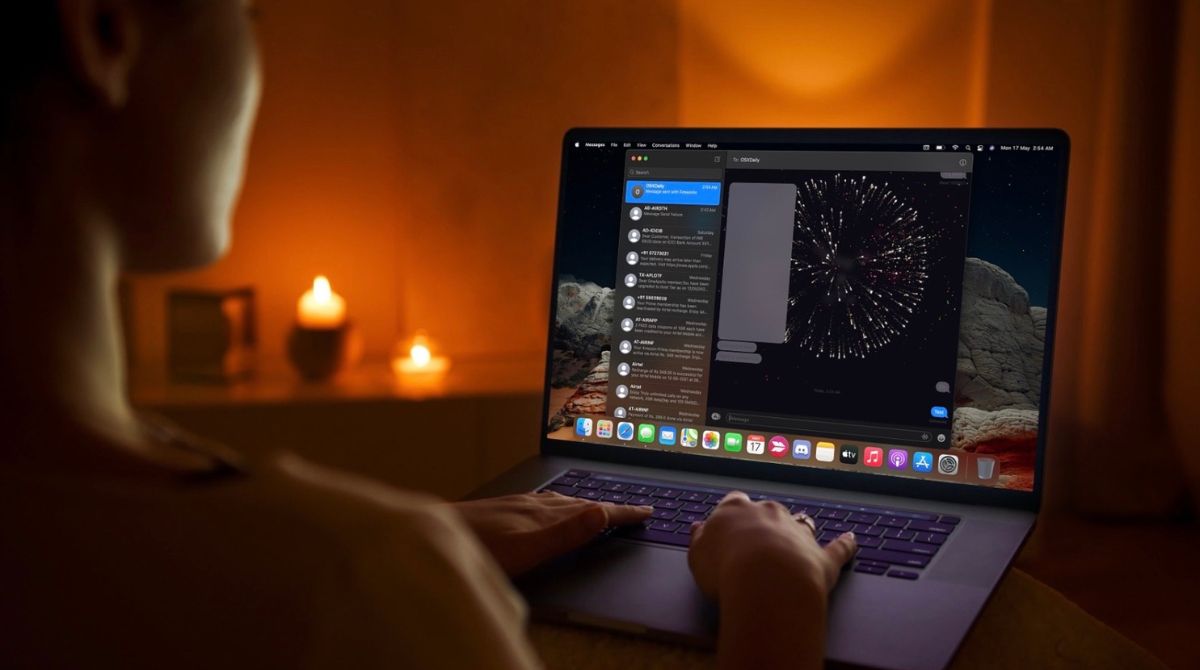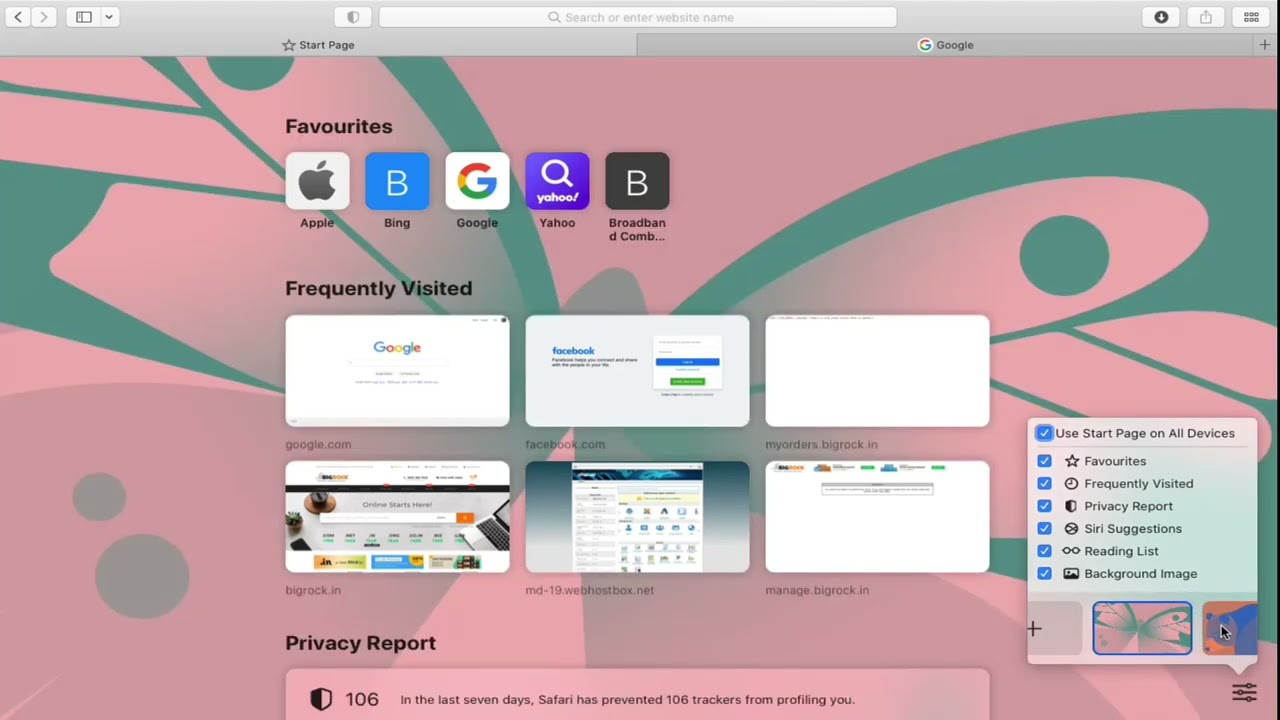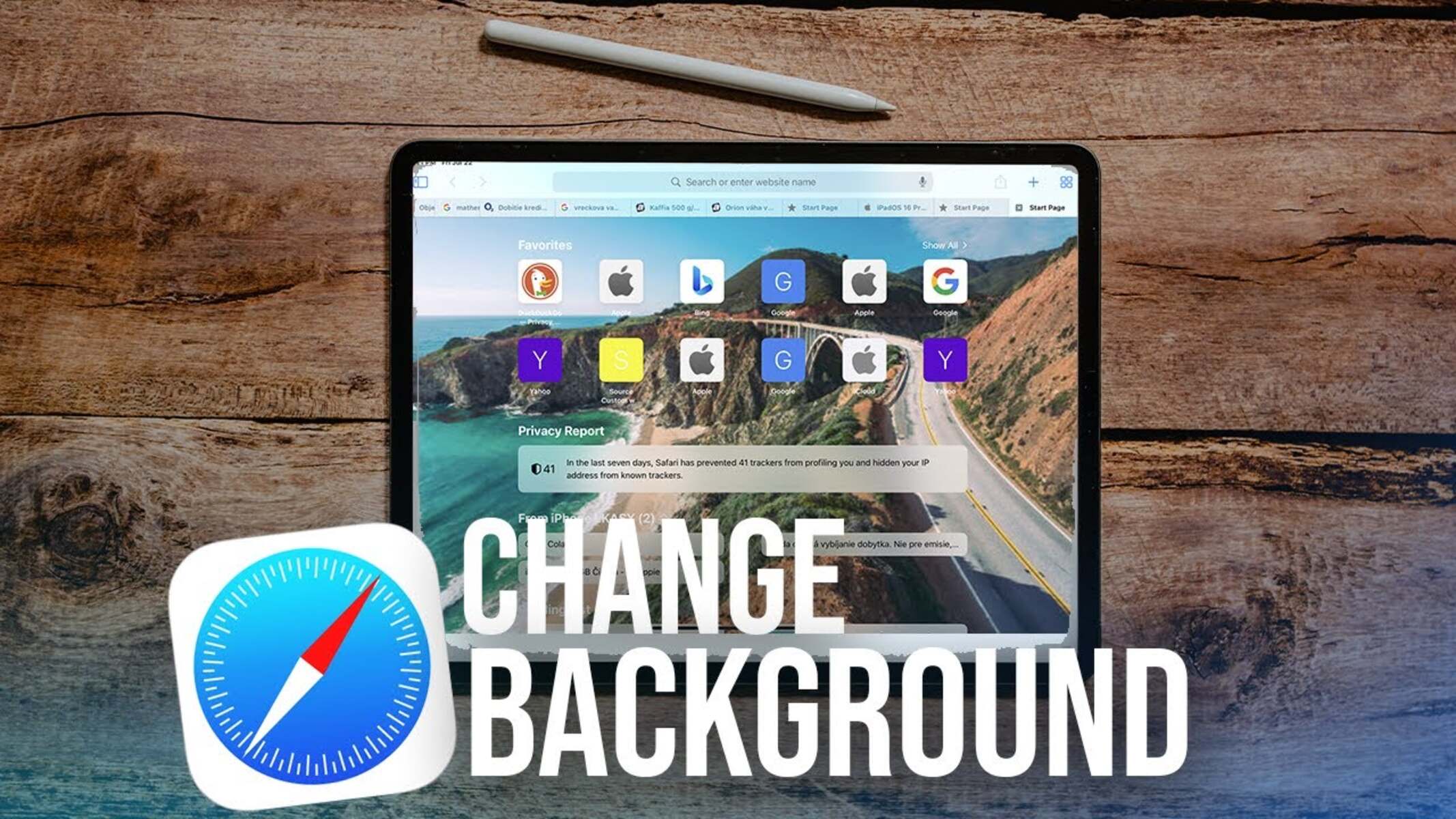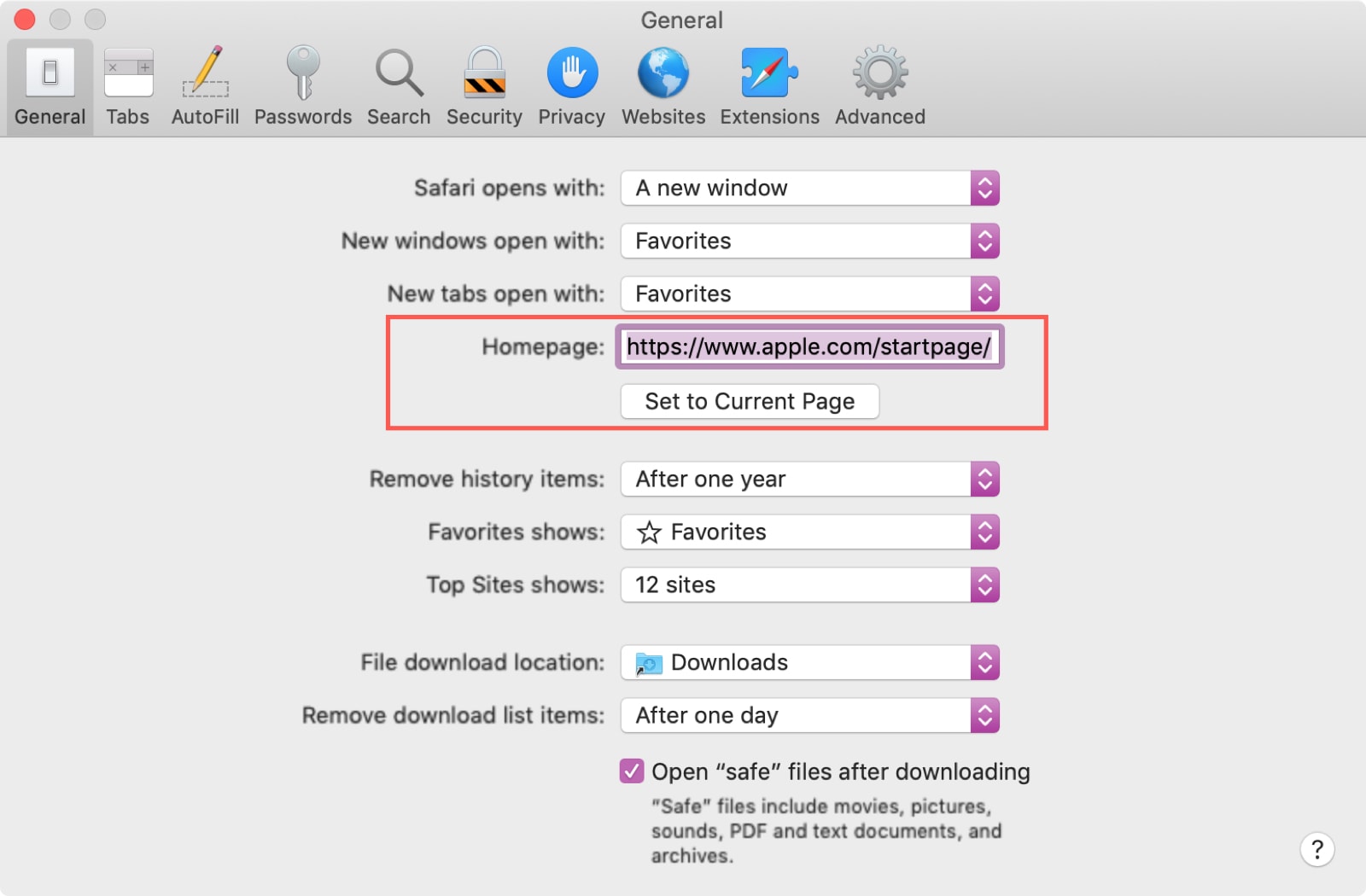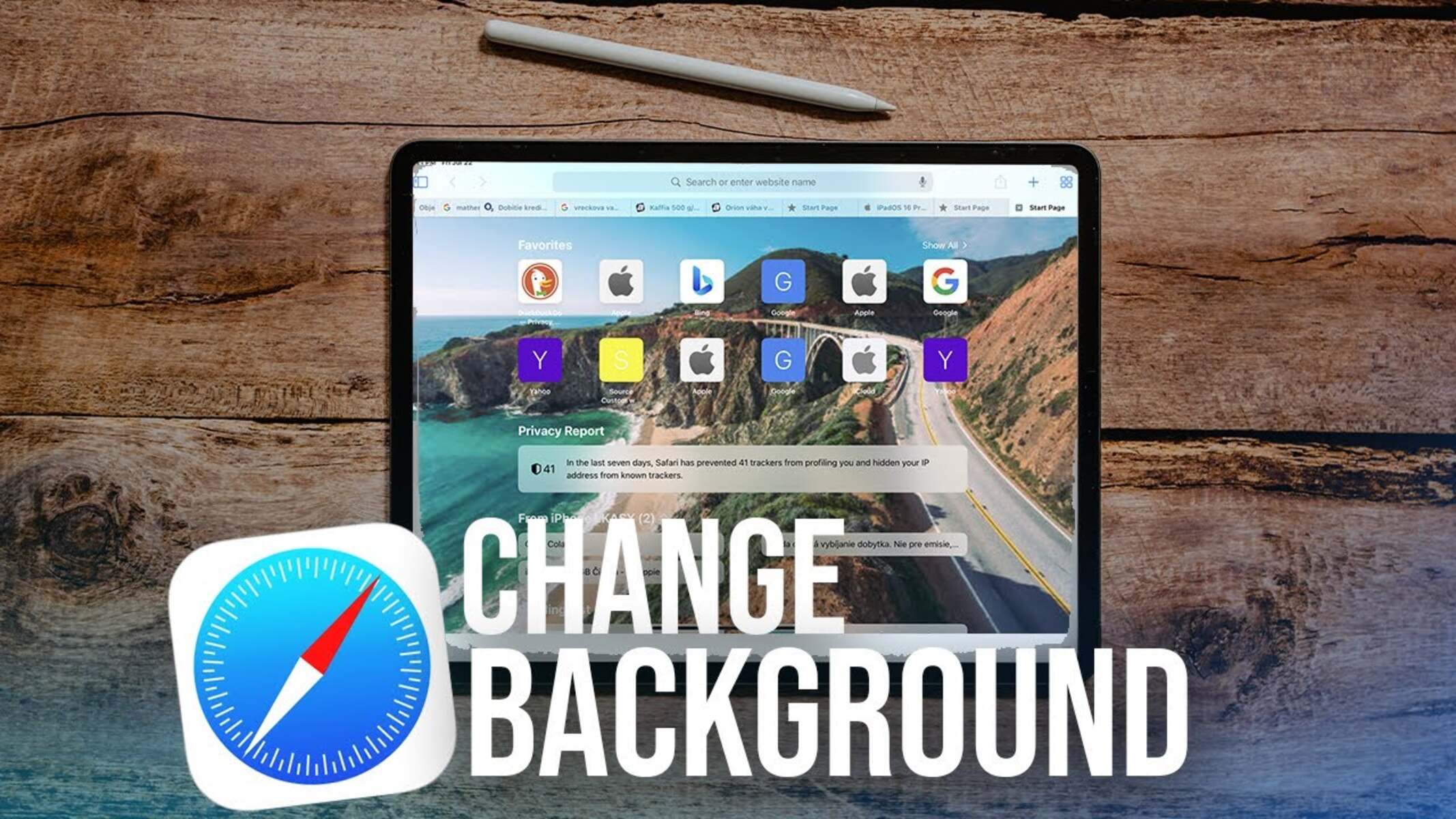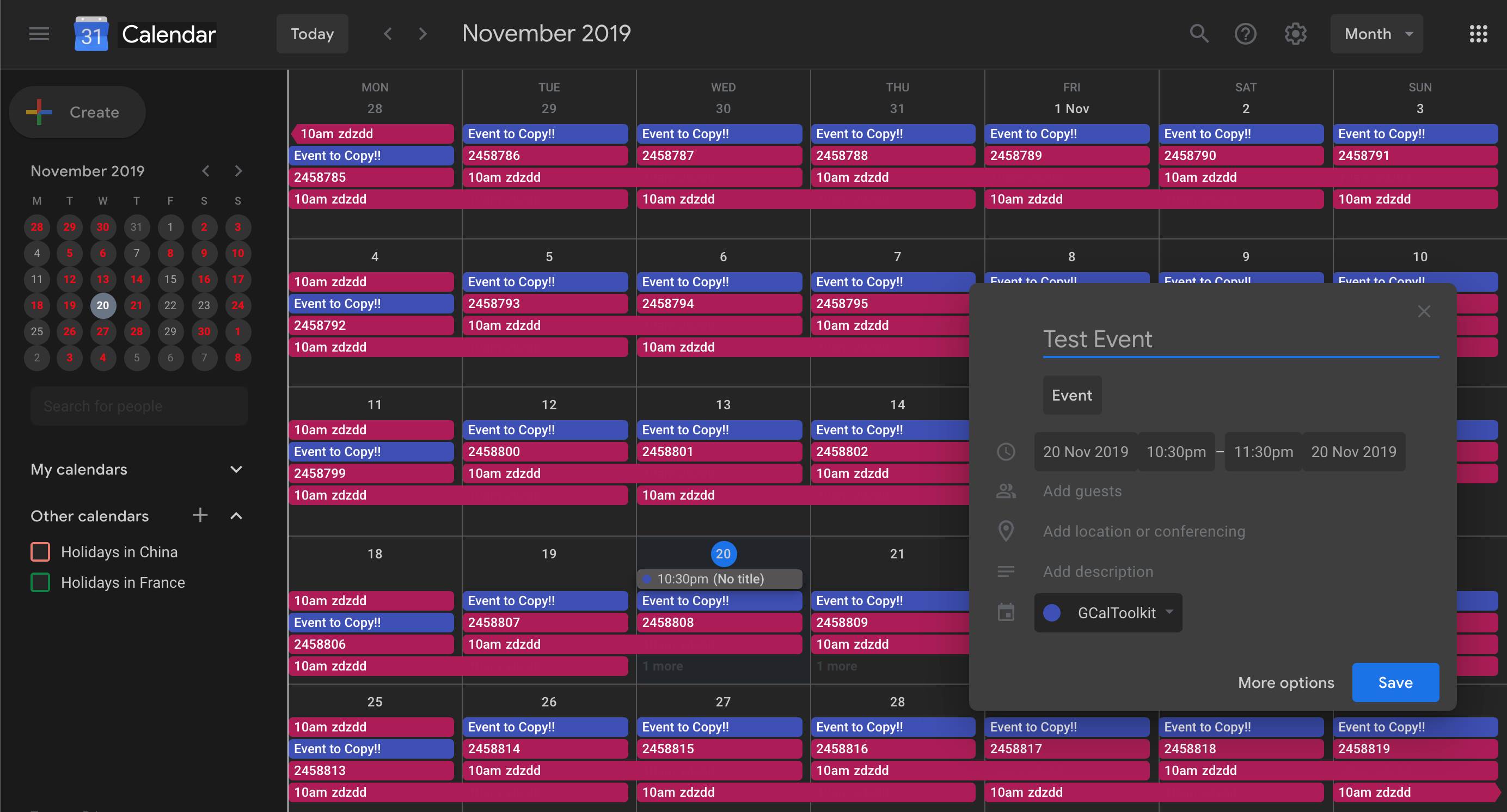Introduction
Welcome to our guide on how to change the background on your Windows operating system. Your computer’s background, also known as wallpaper, is the image or pattern that appears on your desktop screen. A personalized and visually appealing background can enhance your overall computing experience and reflect your personal style.
Whether you want to use a stunning nature photograph, a favorite family picture, or a cool design from the internet, we’ll show you various methods to change your Windows background to something that suits your preferences.
In this article, we’ll cover the different ways you can select and change your Windows background. We’ll guide you through using a personal photo or image, choosing from the built-in Windows default backgrounds, or even downloading backgrounds online. We’ll provide instructions specifically for Windows 10, Windows 8/8.1, and Windows 7, ensuring that you can update your background regardless of which version of Windows you’re using.
Additionally, we’ll give you tips and troubleshooting advice to help you overcome any obstacles you encounter during the process. Whether you’re a Windows novice or a seasoned user, this article has got you covered.
So, let’s dive in and learn how to change your Windows background and give your computer a fresh new look!
Choosing a Background Image
Your background image sets the tone for your computer’s appearance, so it’s important to choose one that you truly love. Here are a few considerations to keep in mind when selecting a background image:
- Personal Preference: The best background image is one that reflects your personal style and interests. Consider what visuals and colors make you happy or inspired.
- Image Resolution: High-resolution images are recommended as they appear sharper and more visually pleasing on your desktop. Look for images with a resolution of at least 1920×1080 pixels.
- Image Orientation: Pay attention to the orientation of the image. Landscape-oriented images typically work best as they cover the entire screen without distorting the image. However, if you prefer a portrait-oriented image, you can adjust the settings accordingly.
- Content-Type: Choose an image that suits the purpose of your computer usage. If you use your computer for work or studying, a calm and professional-looking image might be preferable. If it’s a personal computer used for entertainment, you might want a fun or vibrant image.
- File Size: Keep in mind the size of the image file, especially if you plan to use a personal photo. Larger file sizes may slow down your computer’s performance, so it’s a good idea to resize and optimize the image if necessary.
If you’re unsure where to find suitable background images, don’t worry! There are plenty of resources available to help you find the perfect one.
You can explore online image banks and websites that offer free high-quality wallpapers. Simply search for terms like “desktop wallpaper” or “background images” in your preferred search engine, and you’ll be presented with a wide range of options to choose from.
Alternatively, you can take your own photographs or use personal images as your background. This provides a unique touch and allows you to personalize your computer even further.
Now that you have an idea of what to look for in a background image, let’s move on to the different methods of setting your desired image as your Windows background.
Using a Personal Photo
One of the most popular and personal ways to customize your Windows background is by using a personal photo or image. Here’s how you can do it:
- Locate the photo or image you want to use as your background. Ensure that it is saved on your computer in a format compatible with Windows, such as JPEG or PNG.
- Right-click on an empty area of your desktop and select “Personalize” from the context menu that appears.
- In the Personalization settings window, click on “Background” in the left-hand menu.
- Under the “Choose your picture” section, click on “Browse” to locate your desired photo or image on your computer.
- Select the image file and click on “Choose picture” to set it as your background.
- If necessary, use the options provided to adjust the position or fit of the image on your desktop.
- Once you’re satisfied with the changes, close the Personalization settings window. Your new background will now be applied.
Using a personal photo as your background adds a touch of familiarity and meaning to your desktop. You can choose a picture of your loved ones, a cherished memory, or a beautiful landscape that brings you joy.
Remember to consider the image resolution and orientation to ensure optimal display on your desktop. If the image appears distorted or pixelated, you may need to select a higher-resolution version or resize the image accordingly.
Another tip is to utilize Windows’ slideshow feature, allowing you to rotate through multiple personal photos as your background. This adds variety and keeps your desktop visually engaging.
Now that you know how to use a personal photo as your background, let’s explore the default backgrounds provided by Windows.
Windows Default Backgrounds
Windows operating systems come with a variety of built-in default backgrounds that you can choose from. These backgrounds are professionally curated and designed to fit different tastes and preferences. Here’s how you can access and set a default background on your Windows computer:
- Right-click on an empty area of your desktop and select “Personalize” from the context menu.
- In the Personalization settings window, click on “Background” in the left-hand menu.
- Under the “Choose your picture” section, you’ll find a range of pre-installed Windows default backgrounds to select from.
- Browse through the options and click on the desired background to preview it on your desktop.
- If you’re satisfied with the choice, simply close the Personalization settings window, and the new background will be applied right away.
Windows default backgrounds offer a convenient and hassle-free way to refresh your desktop appearance. From stunning landscapes to artistic illustrations, there’s a background to suit every taste.
Additionally, Windows periodically releases updates that include new default backgrounds. So, even if you’ve exhausted the initial options, there’s a good chance you’ll find fresh choices in future updates.
If you’re interested in exploring more default backgrounds, you can also find additional themes and background packs for download from the Microsoft Store. These packs often include a collection of wallpapers, icons, and other visual elements to enhance your desktop experience.
Now that you’re familiar with the default backgrounds available, let’s dig deeper into downloading backgrounds online.
Downloading Backgrounds Online
If you’re looking for a wide range of backgrounds beyond the default options, downloading backgrounds online is a fantastic choice. Here’s how you can find and download backgrounds from the internet:
- Open your preferred web browser and search for “desktop wallpapers” or “background images” in a search engine.
- Explore websites that offer a collection of free wallpapers. Some popular options include Unsplash, Pexels, and WallpaperHub.
- Browse through the available categories or search for specific themes or keywords to find the perfect background for your desktop.
- Once you’ve found an image you like, click on it to view it in full resolution.
- Look for a download button or option on the website and click on it to download the image to your computer.
- Locate the downloaded image on your computer and follow the instructions provided earlier to set it as your background.
Downloading backgrounds online gives you an incredible variety of choices, allowing you to find the perfect image that matches your style and preferences. From nature landscapes to abstract art, the internet offers an extensive array of breathtaking wallpapers.
When downloading images from the internet, keep in mind that copyright laws apply. It’s important to choose websites that offer images under a suitable license, such as Creative Commons Zero (CC0), which allows for free and unrestricted use.
Remember to consider the image resolution and file size, as larger files may affect your computer’s performance. If needed, you can use image editing software to resize or optimize the image for better results.
Now that you know how to download backgrounds online, let’s move on to the specific steps for changing the background on different versions of Windows.
Changing the Background on Windows 10
If you’re using Windows 10, follow these steps to change your background:
- Right-click on an empty area of your desktop and select “Personalize” from the context menu.
- In the Personalization settings window, click on “Background” in the left-hand menu.
- Under the “Choose your picture” section, you can select a pre-installed Windows default background by clicking on it. Alternatively, click on “Browse” to choose a personal photo or image stored on your computer.
- If you want your background to change automatically at regular intervals, enable the “Slideshow” option. You can then select a folder containing multiple images.
- Adjust the position of the image on your desktop by choosing options like “Fill”, “Fit”, “Stretch”, “Tile”, or “Center”. You can preview these options in real-time.
- Additionally, if you want to use a solid color as your background, click on the “Solid color” option and choose a color from the available palette.
- Once you’re satisfied with your selection, you can close the Personalization settings window, and your new background will be applied immediately.
Windows 10 provides a range of customization options, including the ability to set slideshows, select personal images, and apply solid colors as backgrounds. This flexibility allows you to personalize your desktop to your heart’s content.
Remember to experiment with different options to find the image position and background type that best suits your preferences and screen resolution.
Now that you’ve learned how to change the background on Windows 10, let’s move on to Windows 8/8.1.
Changing the Background on Windows 8/8.1
If you’re using Windows 8 or Windows 8.1, follow these steps to change your background:
- Right-click on an empty area of your desktop and select “Personalize” from the context menu.
- In the Personalization settings window, click on “Desktop Background” at the bottom of the window.
- Choose a picture from the pre-installed Windows default backgrounds by clicking on it. If you want to use a personal photo or image, click on “Browse” to locate it on your computer.
- You can adjust the picture position by selecting options like “Fill”, “Fit”, “Stretch”, “Tile”, or “Center”. You can also choose multiple images for a slideshow using the “Picture location” drop-down menu.
- If you prefer a solid color as your background, select the “Solid Color” option and choose a color from the available options.
- Once you’re satisfied with your selection, click on the “Save Changes” button, and your new background will be applied immediately.
In Windows 8 and 8.1, the process of changing the background is similar to Windows 10, with slight differences in the user interface. However, you still have the flexibility to choose from pre-installed backgrounds or use your personal images.
Be sure to experiment with the picture position settings to achieve the desired look on your desktop. You can also select multiple images and enable a slideshow to add variety and visual interest to your background.
Now that you’ve learned how to change the background on Windows 8/8.1, let’s explore how to do it on Windows 7.
Changing the Background on Windows 7
If you’re using Windows 7, you can follow these steps to change your background:
- Right-click on an empty area of your desktop and select “Personalize” from the context menu.
- In the Personalization window, click on “Desktop Background” located at the bottom of the window.
- Choose a picture from the pre-installed background options, or click on “Browse” to select a personal photo or image stored on your computer.
- Use the “Picture position” drop-down menu to adjust the position of the image on your desktop. You can choose between options like “Fill”, “Fit”, “Stretch”, “Tile”, or “Center”.
- If you prefer a solid color as your background, select the “Solid colors” option and choose a color from the available options.
- Click on “Save Changes” to apply your new background.
In Windows 7, you have the flexibility to choose from pre-installed backgrounds or use your personal images. The process is straightforward and allows for a quick and easy customization of your desktop appearance.
Take some time to explore the various picture position options to find the one that works best for your desired look and screen resolution. You can also switch between solid colors and pictures to switch up your desktop’s appearance.
Now that you’ve learned how to change the background on Windows 7, let’s move on to setting background preferences.
Setting Background Preferences
Windows provides additional options to customize your background preferences. These settings allow you to tweak your desktop background to match your preferences and enhance your visual experience. Here are some background preferences you can adjust:
- Screen Resolution: It’s important to ensure that your background image is in line with your screen resolution. Higher resolution images will appear sharper and more vibrant on your desktop.
- Picture Position: As mentioned earlier, you can choose how your background image is displayed on your desktop. Experiment with different options like “Fill”, “Fit”, “Stretch”, “Tile”, or “Center” to find the best picture position.
- Background Slideshow: If you enjoy variety, you can set your background to rotate through a collection of images. You can specify how frequently the images change and select the folder containing the images for the slideshow.
- Color and Transparency: In addition to using images, you can customize your background with solid colors. Alternatively, you can choose to have a transparent background, allowing you to see through the background to other open windows or the desktop wallpaper.
- Themes: Windows also offers pre-packaged themes that include a combination of backgrounds, window colors, sounds, and system settings. These themes provide a complete visual overhaul and can be accessed through the Personalization settings.
By exploring and adjusting these background preferences, you can create a personalized and visually pleasing desktop experience that aligns with your style and preferences.
Remember to regularly update and refresh your background, allowing you to keep your desktop feeling fresh and inspiring.
Now that you’re familiar with background preferences, let’s move on to some troubleshooting tips and additional advice.
Troubleshooting and Tips
While changing your Windows background is usually a smooth process, you may encounter a few issues or challenges along the way. Here are some troubleshooting tips and additional advice to help you overcome any obstacles:
- Image Display Issues: If your background image appears distorted, pixelated, or stretched, try choosing a higher-resolution image that matches your screen resolution. Adjusting the picture position settings can also help improve the display.
- Performance Concerns: If you notice a slowdown in your computer’s performance after changing the background, consider using smaller file sizes or optimizing the image. You can also try reducing the number of background slideshows or animations.
- Accessibility: For individuals with visual impairments, Windows offers accessibility features such as high contrast themes and screen magnifiers. These options can make it easier to see and interact with the desktop background.
- Updating Drivers: Occasionally, updating your graphics drivers can resolve display-related issues. Visit the manufacturer’s website or use Windows Update to check for any available driver updates.
- Rotate Backgrounds: To keep your desktop fresh and dynamic, regularly update your background with new images or rotate through a collection of pictures. Changing your background periodically can rejuvenate your computing experience.
- Backup Your Settings: If you’ve customized your background using multiple images or specific settings, consider creating a backup of your personalized themes or background preferences. This way, you can easily restore them in case of any changes or system restores.
By following these troubleshooting tips and implementing the suggested advice, you can overcome any issues that arise during the process of changing your Windows background. Don’t hesitate to explore different options and get creative in customizing your desktop.
Now that you have a good understanding of troubleshooting and additional tips, let’s summarize what we’ve covered in this guide.
Conclusion
Customizing your Windows background is a simple yet powerful way to personalize your computer and make it truly yours. Whether you choose a personal photo, a stunning nature image, or a Windows default background, the options are endless.
In this guide, we’ve explored various methods to change your Windows background, including using a personal photo, selecting from Windows default backgrounds, and downloading backgrounds online. We’ve provided step-by-step instructions for Windows 10, Windows 8/8.1, and Windows 7, ensuring that you can easily update your background regardless of your operating system version.
We’ve also discussed the importance of choosing the right background image, considering factors such as personal preference, image resolution, orientation, and content type. Additionally, we’ve shared troubleshooting tips and additional advice to help you overcome any challenges and optimize your background customization experience.
Remember to explore background preferences and experiment with features like picture position, background slideshow, and theme selection. By taking advantage of these options, you can create a visually pleasing and personalized desktop environment.
Now that you have the knowledge and tools to change your Windows background, it’s time to get creative and give your computer a fresh new look!







